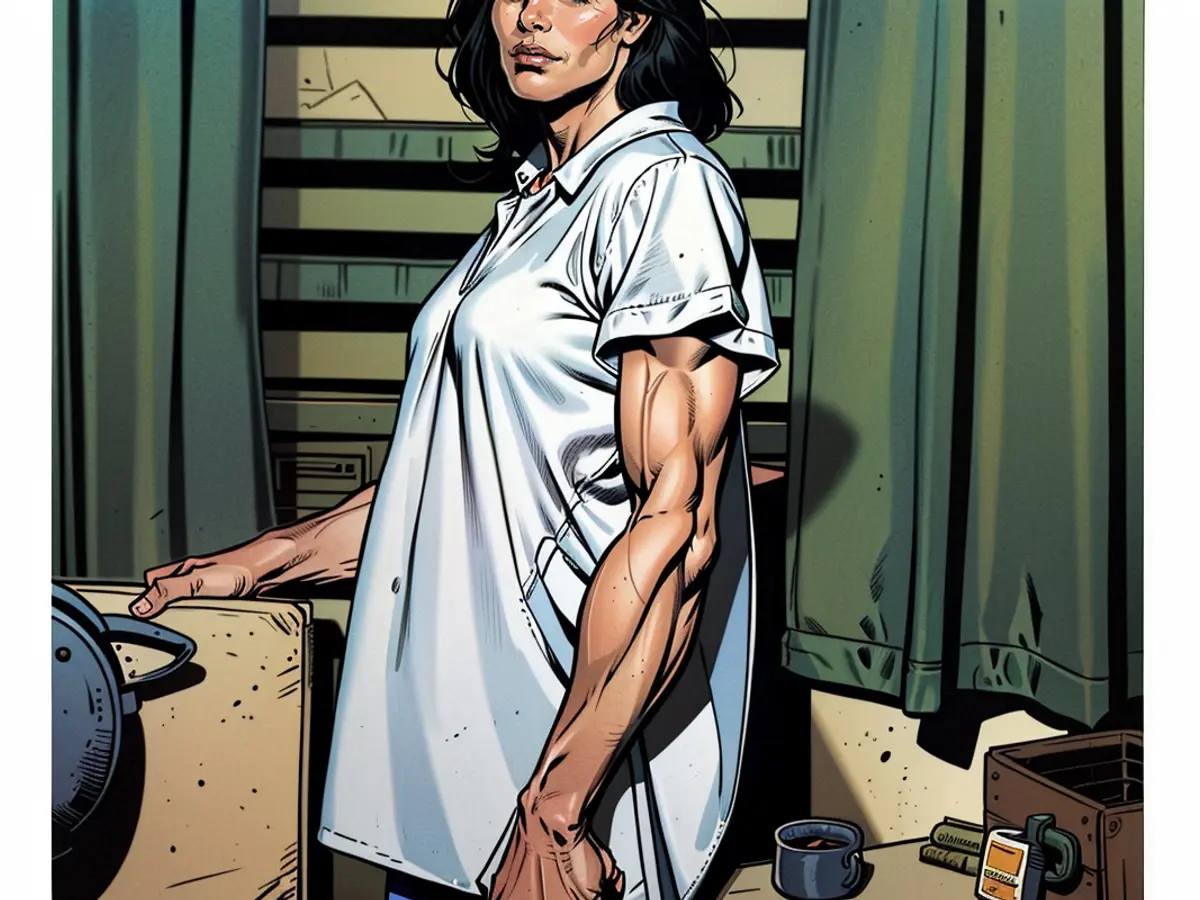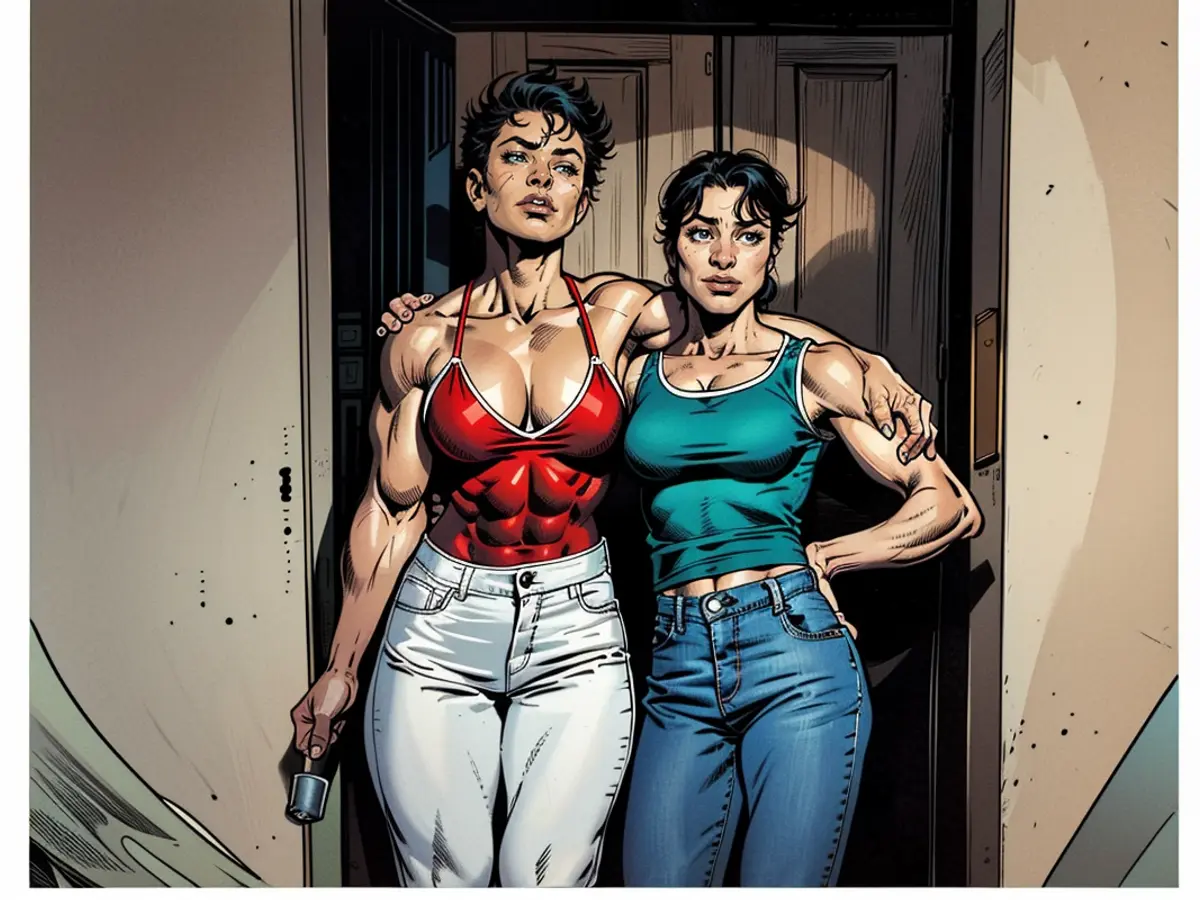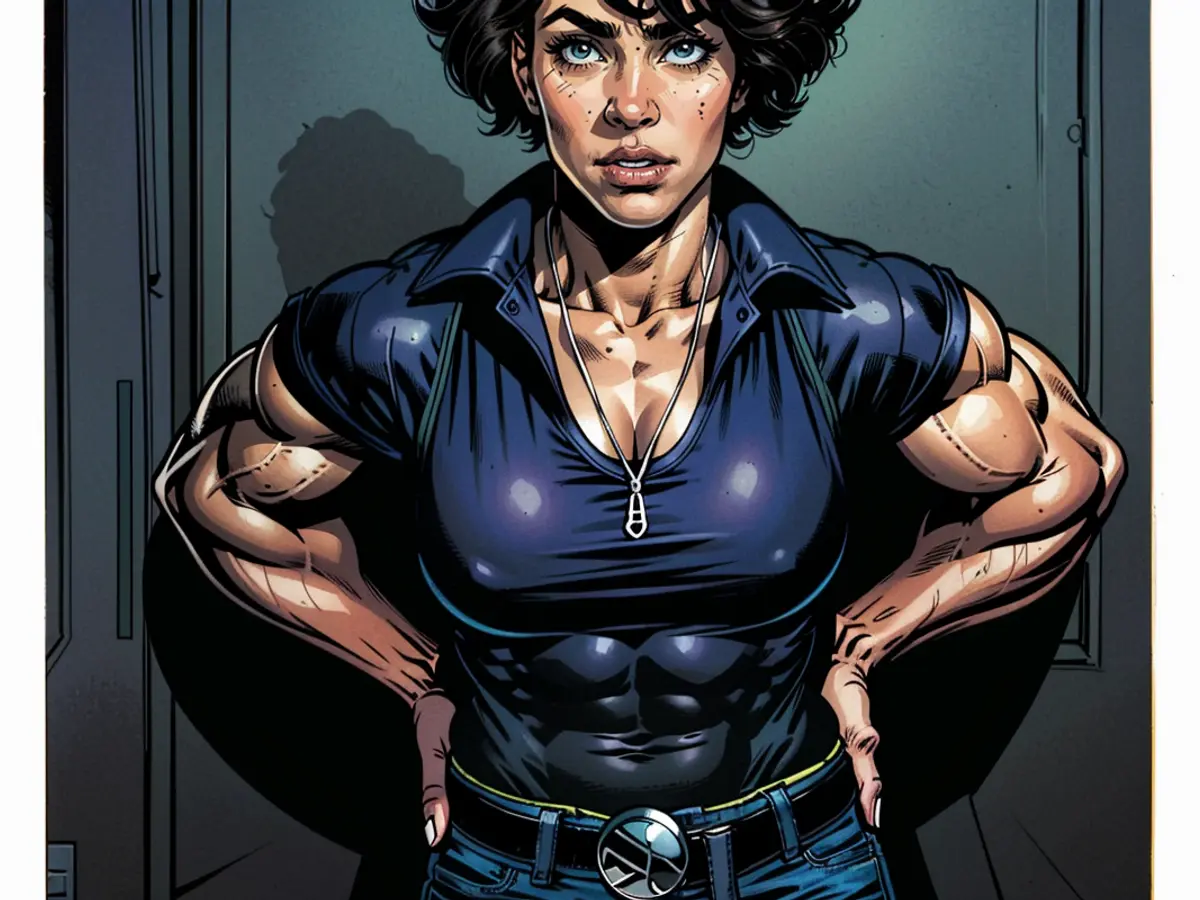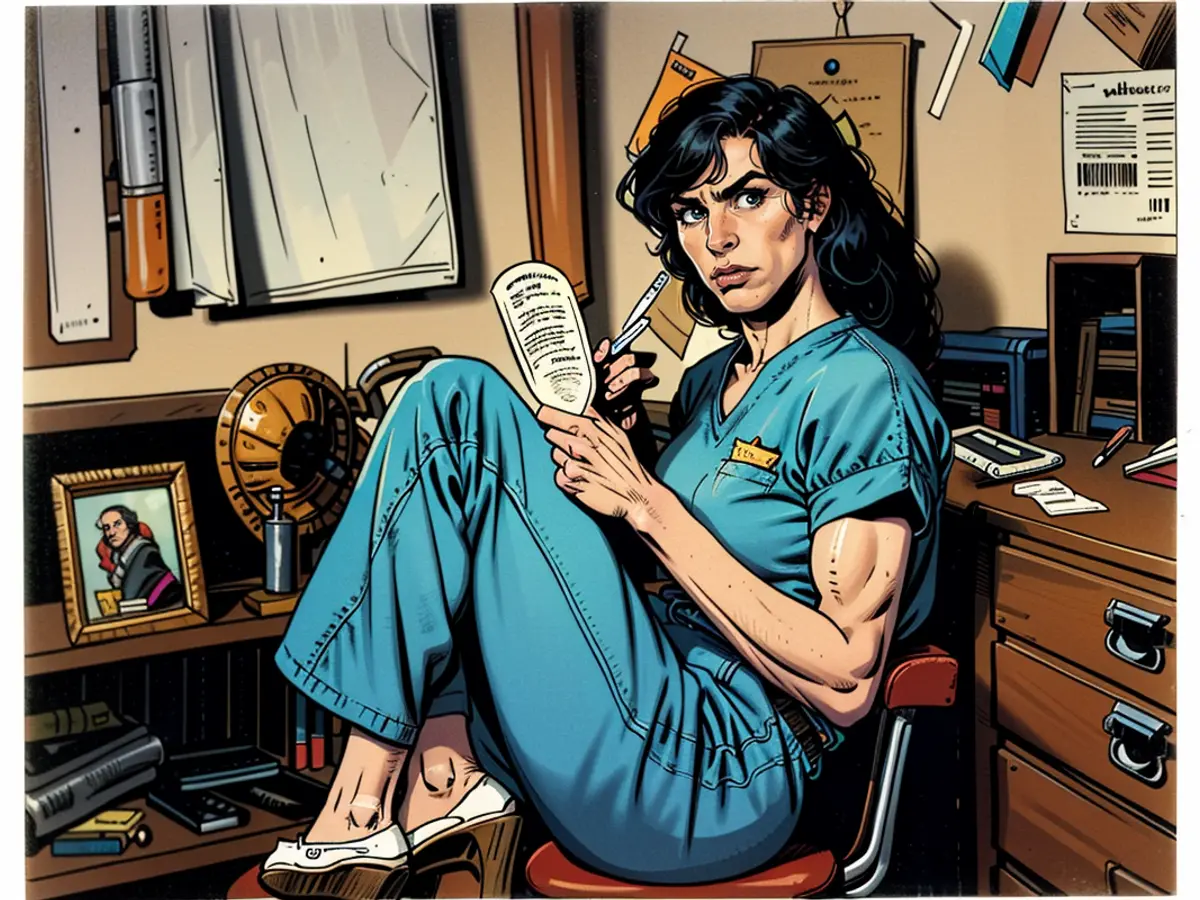Ancient polaroid photos of women prisoners offer a personal glimpse into womanhood and individuality.
"Miriam Van Waters, the initial superintendent at Massachusetts Correctional Institute Framingham during 1932, strongly believed that inmates should not let their past experiences define them," said the photographer in a CNN video interview, sharing the prison's early motivations. "To encourage this, she attempted to make it feel like home. Consequently, inmates wore everyday clothes and guards didn't have uniforms. Numerous guards were around the same age as inmates and studied criminal justice at Northeastern University, a cooperative college."
Founded in 1878 as a reformatory for women who had children outside of wedlock, by the 1970s the majority of the prison's population were held for shoplifting and sex work or as accomplices to male companions' crimes. As per Van Waters' prior plans, the institution was then the site of various rehabilitation initiatives, designed to minimize the psychological effect of incarceration.

Lueders-Booth joined in 1977 initially to spend just a year teaching photography as part of his master's project at Harvard's Graduate School of Education (even though he already lectured there, he didn't have a teaching degree). "I had specific thoughts about what I wanted to achieve," he stated. "Teach photography to people in correctional facilities, as a way to enhance morale and provide them with a skill." The opportunity to instruct MCI-Framingham's photography course was fortuitous: another Harvard teacher led a prison arts project and needed someone to run the photography course.

Lueders-Booth and his 18-year-old daughter Laura (who added credibility because she knew about young people) were given a section of old cells to run their program, which they transformed into studios and darkrooms. With groups consisting of about 10 women each, the classes started by creating photograms (photographic prints made by laying objects on photographic paper before exposing it to light), then progressed to portraiture. "I was hesitant about them and they about me. I knew nothing about the prison system apart from media portrayals," the photographer mentioned about the first sessions. "However, we formed a bond of trust within a few months. They had faith in me that I was there to help them."

The Polaroid images, which Lueders-Booth took alongside a broader set of black and white photos, weren't intended initially, he believed. However, in 1980, having received two back-to-back fellowships from the Polaroid company, Lueders-Booth gained access to an infinite supply of film and started making, "one of the most significant projects I ever did in my life. It was fulfilling and wonderful, the trust and comfort with which the women came to the experience of being photographed."

And he stayed at Framingham for seven years, only closing his workshops in the mid-80s, where he had gained acceptance from both staff and inmates. "I had increasing access and was trusted by the administration," said Lueders-Booth. "I was taking photographs for them, capturing portraits for their annual reports, and occasionally processing relatives' photos."

"I was repeatedly drawn back to the prison by the women and the peculiarity of their lives," he continued. "It became an education, about this prison but also the unfairness of the system and how a lot relies on one's genealogy or upbringing. Many of the incarcerations were economically determined. So, I came to understand the humanity within it, which was the significant part."

Collected at the book's conclusion are anonymous essays highlighting intense accounts of the women's experiences of coming and going from the prison. Their intense words, recorded objectively by Lueders-Booth, initially seem at odds with the relaxed composure evident in the images preceding them. Still, it speaks to the project's broader purpose. "Frequently, the most noticeable aspect of someone is not the most essential," observed the photographer. "I might have counted them as prisoners, but that's shallow and superficial. While it's accurate, other things are accurate, and quite possibly more decisive."
Read also:
In the photography classes at MCI-Framingham, the inmates not only learned technical skills but also expressed their individual styles and personalities through their artworks.
Reflecting on his time at MCI-Framingham, Lueders-Booth mentioned that teaching photography allowed him to witness the inmates' personal growth and style development, proving that they were more than just their past mistakes.








